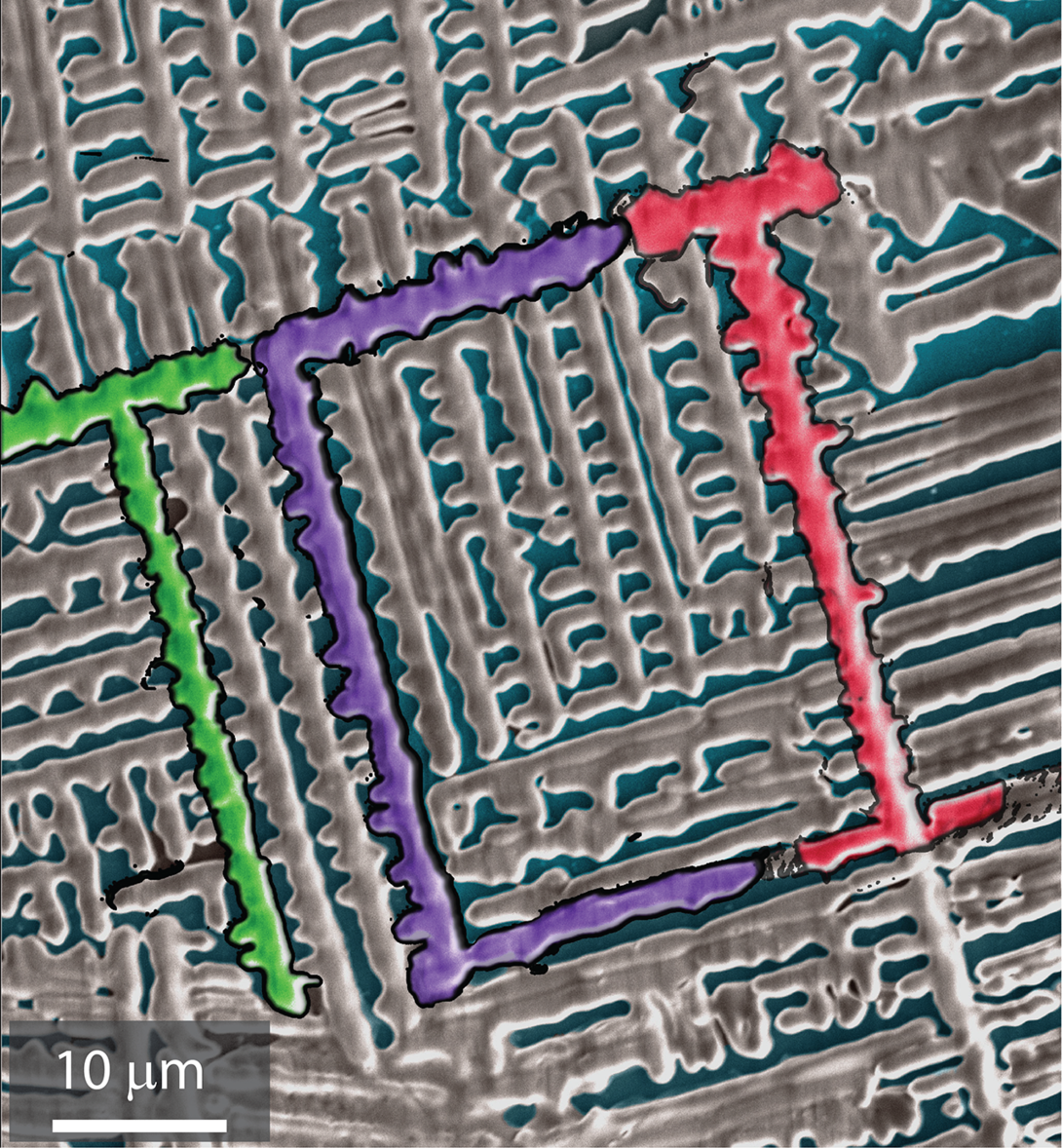
Scientists from the University of Nebraska-Lincoln and three other institutions have discovered a way to synthesize a special type of organic solids that are lightweight, intrinsically porous and offer unique properties and applications.
These solids, known as porphyrin-based covalent organic frameworks (POR-COFs), are the focus of research by experimentalists at the university and computational material scientists at the Colorado School of Mines, Harbin Institute of Technology and the University of Pennsylvania.
Siamak Nejati, assistant professor of chemical and biomolecular engineering at the University of Nebraska-Lincoln and the leader of the experimental work, said, “This work builds on the discovery of covalent organic frameworks, or COFs, made almost two decades ago. COFs are beautiful two-dimensional or three-dimensional porous structures held together by strong covalent bonds.”
COFs have crystalline structures composed of light elements such as carbon, nitrogen and oxygen; they’re porous, lightweight and durable. Nejati and his colleagues compare COFs to LEGO bricks for their ability to be assembled in defined ways and relatively quickly to form a variety of larger structures.
The specific building blocks used in this study are nature-inspired molecules belonging to the family of porphyrins, organic structures found in proteins such as hemoglobin and chlorophyll. These units are able to coordinate with metal atoms at their center. Researchers aim to use their approach to create COF materials with exquisite properties.
Nejati’s team, using its expertise in electropolymerization, a method for controlling polymer synthesis on a substrate, found that it could create thin films of COFs. The resulting material – 2D sheets stacked in multiple layers – is lightweight and heat tolerant and takes hours to synthesize instead of days compared to conventional methods.
Scientists at Penn discovered a vital element of the COF’s structure was the “spectator” molecule, pyridine. They originally thought pyridine only provided the electrochemical environment necessary for the synthesis process to occur. However, further study of this system found that pyridine molecules fit within the 2D layers and provide the support needed for the COFs to transit from amorphous to crystalline structure.
“COFs should be useful in creating numerous types of materials with unique properties. The future of these materials is very bright. These materials are going to be at the forefront of considerable follow-up research,” Nejati said. “The potential applications of these materials can vary depending on their structural parameters; the possibility of designing porous organic networks with an extended order in structure enables us to design materials for catalysis, separation and sorption processes.”
The team’s work was featured in a study published in the Journal of the American Chemical Society in December. (DOI: 10.1021/jacs.9b10787)







